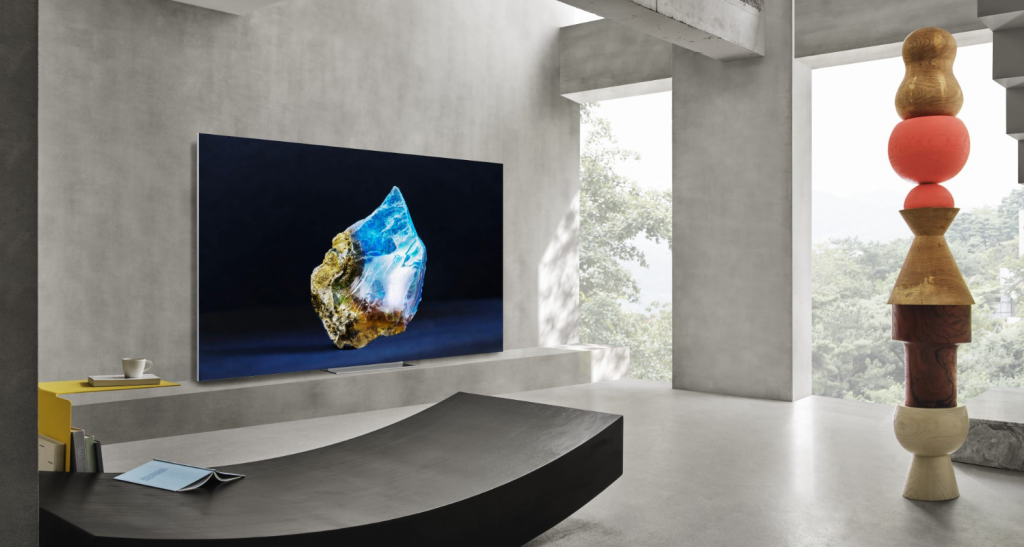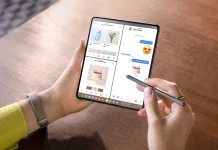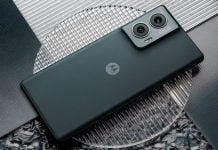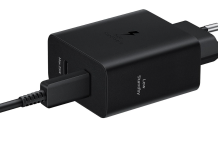In the previous year, Samsung introduced the Samsung S95B QD-OLED. It was a fantastic product that fiercely competed with LG and Sony, two leading manufacturers of televisions. A 65-inch and 55-inch screen size was offered. The Quantum-Dot (QD) OLED display is a brand-new technology, and the first generation of QD-OLED TVs from Samsung only came in 55-inch and 65-inch sizes. Because this was a new technology, other screen sizes were not made available. However, the brand has now announced its 77-inch QD-OLED TV.
Regarding the first-generation S95B, it was undoubtedly a game-changing product, and the QD-OLED screen offered a noteworthy improvement over traditional OLED in terms of perceived brightness and colour luminosity. For its first OLED TV in years, however, Samsung has delivered a number of firmware upgrades and fixes after dealing with its fair share of software issues. The company has recently released the Samsung S95C, a 77-inch OD-OLED TV, using the technology on a larger screen.

It seems like more and more individuals are eager to upgrade to bigger TVs each year. In order to give its users an unmatched and immersive experience, Samsung combined its superb Quantum Dot OLED panel with a bigger 77-inch screen. It appears that the S95C will shine even brighter than the S95B; also, the new panel will have better overall durability and consume less power.
Additionally, the company states that “Samsung OLEDs come with AMD’s FreeSync Premium Pro certification for the ideal OLED gaming experience” for the first time on an OLED TV. At this point, Samsung and LG are engaged in a battle of certifications and buzzwords; one thing you surely won’t get from Samsung is Dolby Vision gaming, even though HDR games are perfectly acceptable.
On the sound front, the S95C is also no slouch. It has a 4.2.2-channel, 70-watt Dolby Atmos speaker system. Samsung is known for emphasising the gaming capabilities of their TVs, and the S95C is no exception. Although Samsung still has the advantage of having Microsoft’s Xbox cloud gaming software on its Tizen OS, the response time listed below is identical to that of LG’s OLEDs.
RELATED
- Samsung Galaxy F04 Launched with 5,000mAh Battery, Dual Rear Cameras
- Stolen Samsung TVs can be remotely blocked but need to be connected to the internet
- Mysterious Issue Causes Samsung Galaxy Phones to Stuck on July 2022 Play System Update







